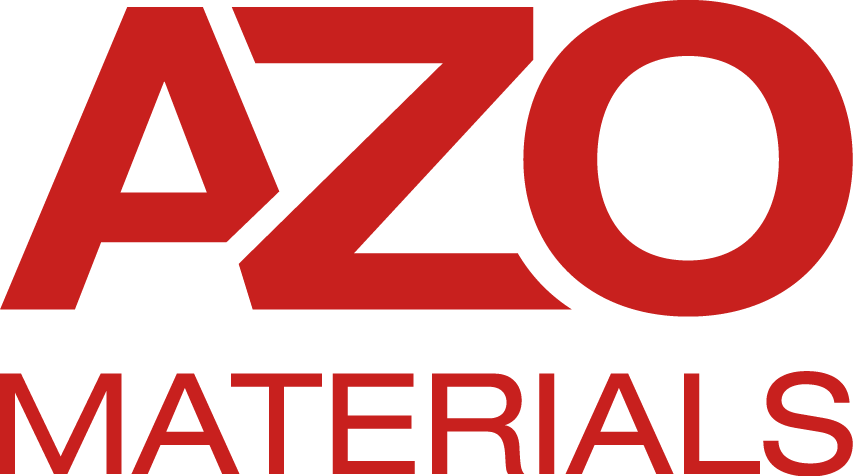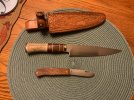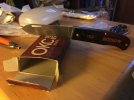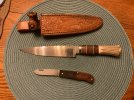Great. But if you want to buy M4 you are shopping in the carbon steel department.AISI Designation system :: Total Materia Article
www.totalmateria.com
DESIGNATION OF CARBON STEELS AISI/SAE
DEFINITION. Steel is considered to be carbon steel when no minimum content is specified or required for aluminum, chromium, cobalt, columbium, molybdenum, nickel, titanium, tungsten, vanadium, or zirconium, or any other element added to obtain a desired alloying effect; when the specified minimum for copper does not exceed 0.40%; or when the maximum content specified for any of the following elements does not exceed the percentages noted: manganese 1.65, silicon 0.60, copper 0.60.
View attachment 2135057
M4 Molybdenum (UNS T11304) High-Speed Tool Steel
High-speed tool steels are broadly classified into molybdenum high-speed steels and tungsten high-speed steels. The molybdenum high-speed steels are also referred to as Group M steels.www.azom.com
I'm not a metallurgist, but I am a materials engineer.
Blade Steel & Blade Materials • Stainless & Carbon Steel Billets • AKS™
Extensive Selection of Stainless & Carbon Steel Billets. Blade Materials & Blade Steel For Sale • Excellent Prices and Fast Shipping • Alpha Knife Supply.
www.alphaknifesupply.com






